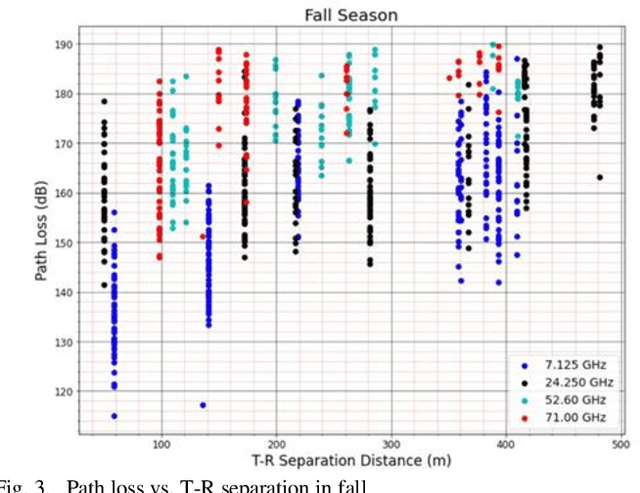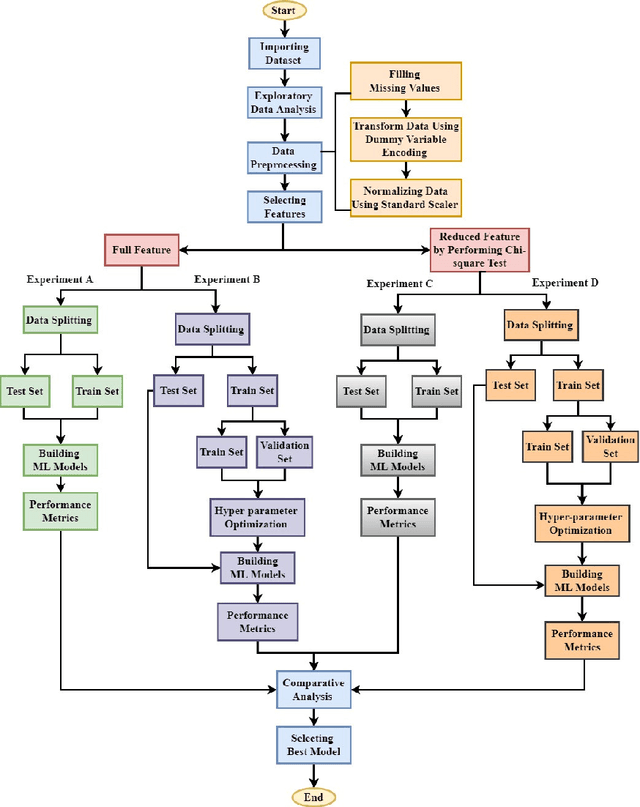Mirza Muntasir Nishat
Investigation on Machine Learning Based Approaches for Estimating the Critical Temperature of Superconductors
Aug 02, 2023



Abstract:Superconductors have been among the most fascinating substances, as the fundamental concept of superconductivity as well as the correlation of critical temperature and superconductive materials have been the focus of extensive investigation since their discovery. However, superconductors at normal temperatures have yet to be identified. Additionally, there are still many unknown factors and gaps of understanding regarding this unique phenomenon, particularly the connection between superconductivity and the fundamental criteria to estimate the critical temperature. To bridge the gap, numerous machine learning techniques have been established to estimate critical temperatures as it is extremely challenging to determine. Furthermore, the need for a sophisticated and feasible method for determining the temperature range that goes beyond the scope of the standard empirical formula appears to be strongly emphasized by various machine-learning approaches. This paper uses a stacking machine learning approach to train itself on the complex characteristics of superconductive materials in order to accurately predict critical temperatures. In comparison to other previous accessible research investigations, this model demonstrated a promising performance with an RMSE of 9.68 and an R2 score of 0.922. The findings presented here could be a viable technique to shed new insight on the efficient implementation of the stacking ensemble method with hyperparameter optimization (HPO).
Atmospheric Influence on the Path Loss at High Frequencies for Deployment of 5G Cellular Communication Networks
Jun 02, 2023



Abstract:Over the past few decades, the development of cellular communication technology has spanned several generations in order to add sophisticated features in the updated versions. Moreover, different high-frequency bands are considered for advanced cellular generations. The presence of updated generations like 4G and 5G is driven by the rising demand for a greater data rate and a better experience for end users. However, because 5G-NR operates at a high frequency and has significant propagation, atmospheric fluctuations like temperature, humidity, and rain rate might result in poorer signal reception, and higher path loss effects unlike the prior generation, which employed frequencies below 6 GHz. This paper makes an attempt to provide a comparative analysis about the influence of different relative atmospheric conditions on 5G cellular communication for various operating frequencies in any urban microcell (UMi) environment maintaining the real outdoor propagation conditions. In addition, the simulation dataset based on environmental factors has been validated by the prediction of path loss using multiple regression techniques. Consequently, this study also aims to address the performance analysis of regression techniques for stable estimations of path loss at high frequencies for different atmospheric conditions for 5G mobile generations due to various possible radio link quality issues and fluctuations in different seasons in South Asia. Furthermore, in comparison to contemporary studies, the Machine Learning models have outperformed in predicting the path loss for the four seasons in South Asian regions.
Survival Prediction of Children Undergoing Hematopoietic Stem Cell Transplantation Using Different Machine Learning Classifiers by Performing Chi-squared Test and Hyper-parameter Optimization: A Retrospective Analysis
Jan 22, 2022



Abstract:Bone Marrow Transplant, a gradational rescue for a wide range of disorders emanating from the bone marrow, is an efficacious surgical treatment. Several risk factors, such as post-transplant illnesses, new malignancies, and even organ damage, can impair long-term survival. Therefore, technologies like Machine Learning are deployed for investigating the survival prediction of BMT receivers along with the influences that limit their resilience. In this study, an efficient survival classification model is presented in a comprehensive manner, incorporating the Chi-squared feature selection method to address the dimensionality problem and Hyper Parameter Optimization (HPO) to increase accuracy. A synthetic dataset is generated by imputing the missing values, transforming the data using dummy variable encoding, and compressing the dataset from 59 features to the 11 most correlated features using Chi-squared feature selection. The dataset was split into train and test sets at a ratio of 80:20, and the hyperparameters were optimized using Grid Search Cross-Validation. Several supervised ML methods were trained in this regard, like Decision Tree, Random Forest, Logistic Regression, K-Nearest Neighbors, Gradient Boosting Classifier, Ada Boost, and XG Boost. The simulations have been performed for both the default and optimized hyperparameters by using the original and reduced synthetic dataset. After ranking the features using the Chi-squared test, it was observed that the top 11 features with HPO, resulted in the same accuracy of prediction (94.73%) as the entire dataset with default parameters. Moreover, this approach requires less time and resources for predicting the survivability of children undergoing BMT. Hence, the proposed approach may aid in the development of a computer-aided diagnostic system with satisfactory accuracy and minimal computation time by utilizing medical data records.
 Add to Chrome
Add to Chrome Add to Firefox
Add to Firefox Add to Edge
Add to Edge